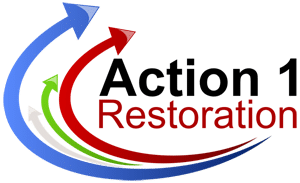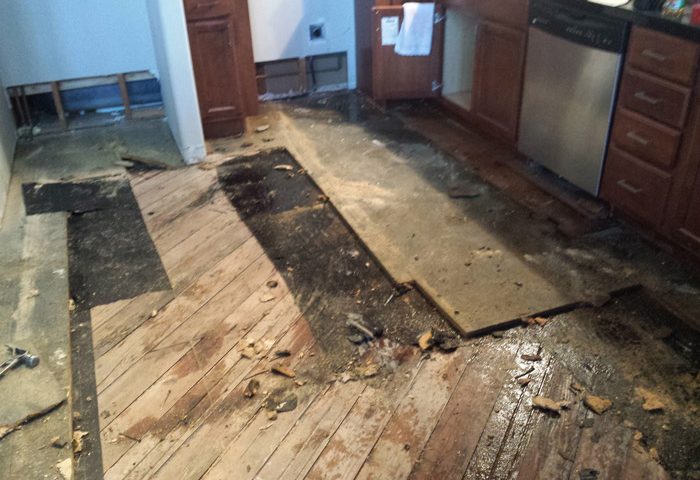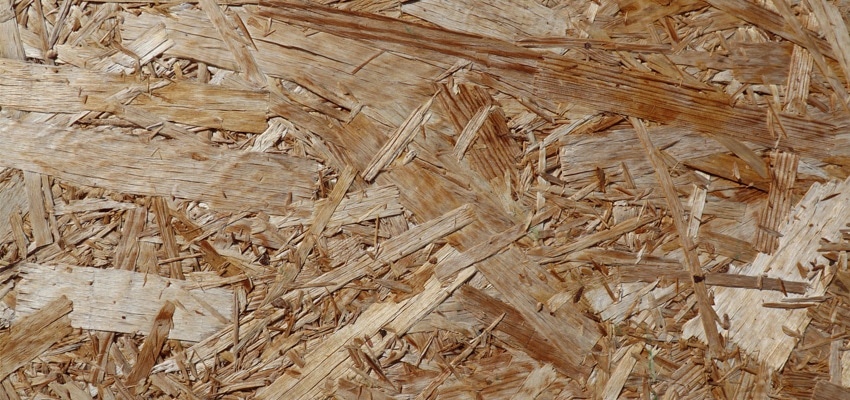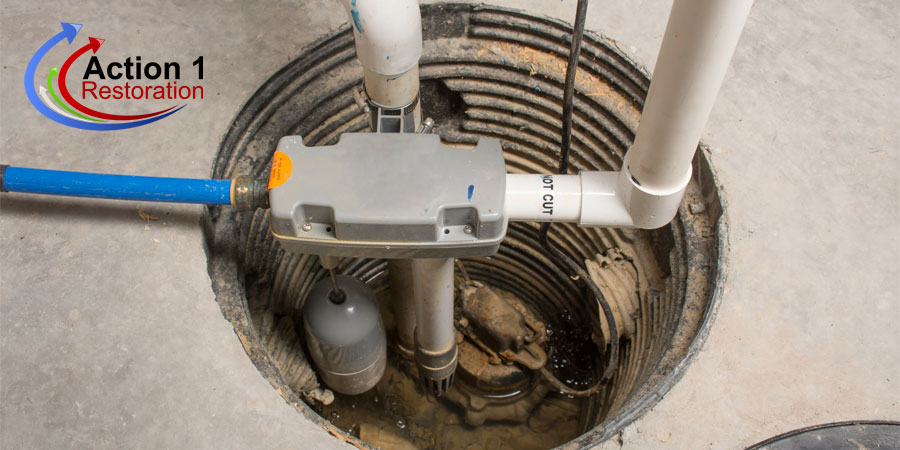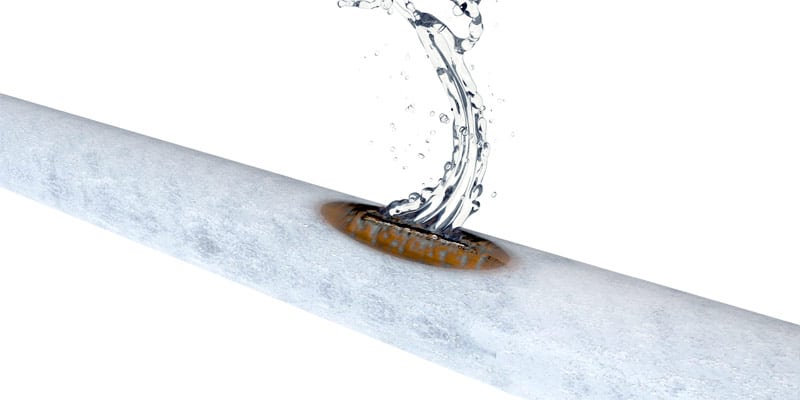When a house is built, the structure begins with many base layers that set the foundation for a strong and lasting home. This includes the subflooring, which is a thick and durable material that can be found underneath the tile, wood, or carpeting inside of your home. This layer generally rests on the joists of the home to create a strong base for any flooring you choose to have installed.
In general, most homeowners will never see this base unless they change out their flooring. However, in situations where water damage is present, subflooring can play a key role in the cleanup process. If you’re in a situation where your home has water damage and your flooring has been impacted, the information below can help. At Action 1 Restoration, we share this information because we prioritize helping homeowners understand more about their homes and how water damage can impact each area.
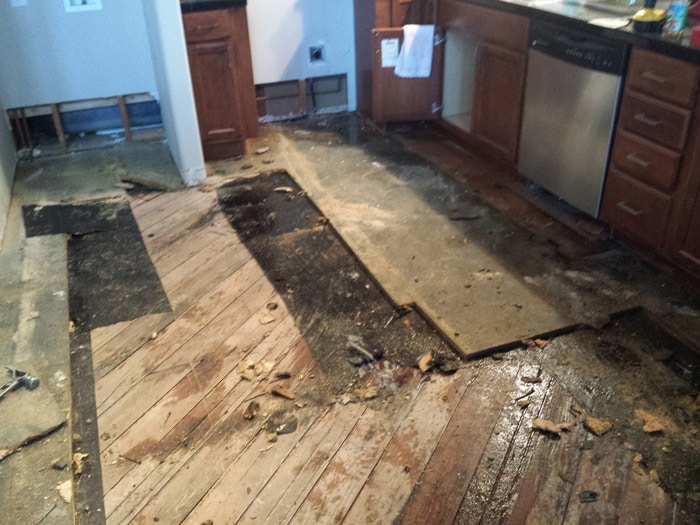
How to Dry Out the Subfloor Effectively
If a flood or leak has occurred inside of your home, it’s almost guaranteed that the flooring will be impacted. Unfortunately, this will not safely dry out on its own. In fact, leaving flooring to dry naturally can make the damage worse while also giving mold and mildew a chance to grow. To have the best chance of preserving your home, proper drying is crucial. To do so, our company at Action 1 Restoration recommends first stopping the source of water. After this, it’s important to remove excess standing water with a wet/dry vacuum and/or large buckets.
The next step in drying out a water damaged subfloor is to remove the flooring from the top of it. This can be done on your own with a few tools, although some homeowners prefer to contact professionals to avoid causing more damage. If you’re not comfortable with this type of work, we highly recommend asking for help from the start. Once all impacted flooring has been removed, you’ll want to dispose of it outside to prevent the moisture from staying indoors.
Once the flooring is removed, the real drying of the subfloor can begin. This should start with placing thick plastic sheeting over the flooded area and securing it down with tape on the sides. It’s important to make sure tape is covering each seam so the plastic is completely sealed. From here, take a utility heater and place the spout of it underneath a small portion of the plastic. Seal the edges and then turn on the heater. At this point, the plastic should inflate and fill with air as the heater runs.
In most homes, the heater will need to run for three or more days to completely dry the subflooring. However, we recommend checking daily to see how the subfloor is progressing. If you’re not able to tell by touch, then a moisture meter is an inexpensive tool worth investing in. This will tell you how much moisture is left so you know when it’s completely dry and safe to begin working on. When the drying process is finished, the plastic can be removed and disposed of so you can move on with the rest of the restoration.
Types of Subflooring
There are four main types of subflooring materials that are used in the construction of most homes. These include:
- Plywood: This is the most common type of subflooring and it is very likely what you’ll find in your home. It’s made up of many sheets of wood veneer that are bonded together with high heat and pressure. It’s strong, easy to work with, and easy to install.
- Concrete: Concrete slabs are not as common but can be found in homes throughout the country. While it may not seem like this material can be affected by moisture, it can still take a long time to fully dry.
- High-Performance Panels: High-performance panels are specially designed to resist moisture absorption so that they do not swell or warp. These are becoming more common but are unlikely to be in older homes unless there has been significant work done to improve the flooring.
- Oriental Strand Board: This material is made of strands of plywood that are pressed together in a crossing pattern. This helps reduce water absorption by increasing density, which is why it has become more common in homes built today.
How to Remove Subflooring
In most homes, the subfloor is made of plywood that’s 3/4″ or 5/8″ thick. When it’s exposed to water and not dried out promptly, it will swell and can eventually rot or experience mold growth. Moisture can also cause problems with the structural integrity of the subflooring and eventually lead to safety issues within the home. This is why, in some situations, it’s crucial to remove the subflooring so it can be replaced.
To start the removal process, Action 1 Restoration recommends having the following tools:
- Screwdriver
- Pry Bar
- Circular Saw
- Clawhammer
- Diagonal Pliers
- Drill
- Jigsaw
If you don’t already have these tools or aren’t comfortable using them, then you may want to hire a professional to help you. Most contractors can remove subflooring in much less time than it would take an inexperienced homeowner. Either way, it’s important to make sure the job is done right so that all of the impacted subflooring is completely removed. Missing even a small portion could result in hidden mold growth or an unstable flooring area.
Once you’re ready to get started, you’ll need to determine the best removal method for the type of subflooring you have. If it’s made of wood, you’ll want to use a circular saw to carefully cut through the area that has been impacted. Keep in mind, you don’t want to cut deeper than the wood, so go slowly and be gentle with the amount of pressure you put on the saw. Once finished cutting the perimeter, use a pry bar and hammer to lift small sections. Since these will likely be hammered in at the joists, you’ll also need to pull up nails to get the sections out completely.
Tip: If you only have concrete subflooring, then it’s likely you won’t need to remove it after a flood. However, thorough drying will be necessary to prevent mold growth and ensure new flooring can be safely installed.
How to Replace Subflooring
Once the ruined subflooring is out, it will be time to install the new material to make the base complete again. To do this, new subflooring materials should be purchased right away. If you must replace all of the materials, then you may want to consider upgrading to high performance panels or oriental strand board for better protection from water damage in the future. Once you have the material, you’ll need to measure and cut panels to place back into the areas that were removed. This may also require fastening them to joists to further secure their placement.
After the subflooring has been completely replaced with new materials, you’ll be able to install new flooring on top. This is another project you may not feel confident doing on your own, especially if you don’t already have the tools required. Fortunately, you can hire a contractor to do both the flooring and subflooring for you. Their assistance can give you peace of mind, knowing the work was done the right way.
Restoring Your Home After Water Damage
When dealing with water damage in your home, it’s always important to address the subflooring. If this is something you’re not able to do on your own, then don’t hesitate to call professionals such as ours at Action 1 Restoration. We can help you recover, replace, and restore your subflooring and flooring so your home is put back together and comes out looking like new again.
